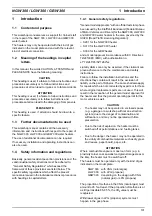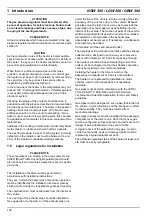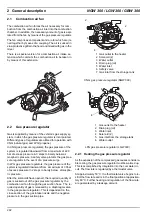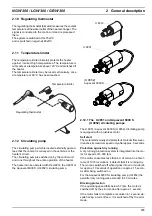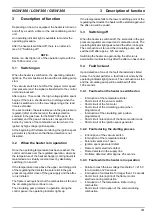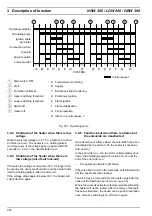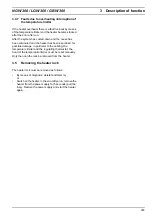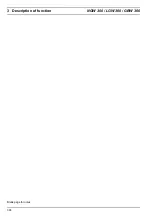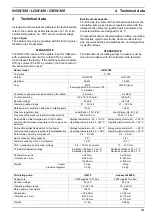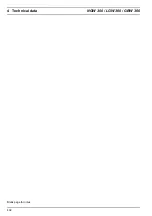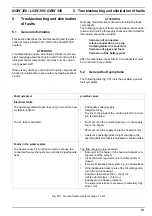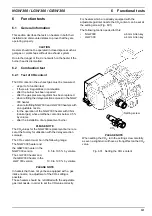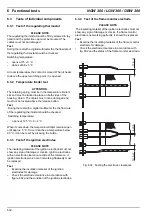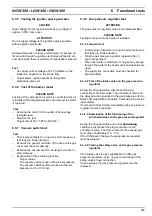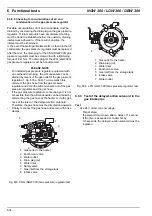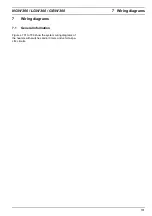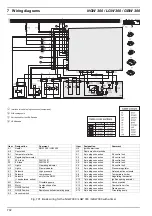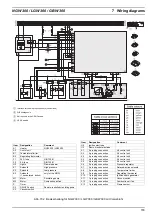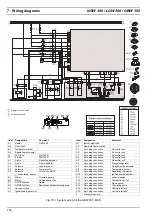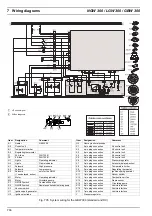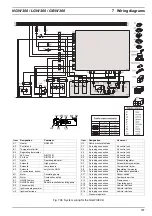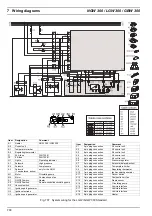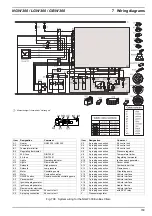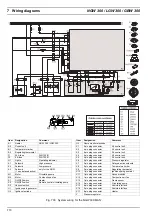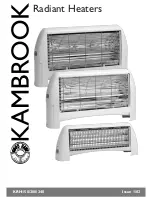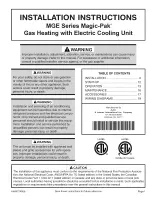
NGW 300 / LGW 300 / GBW 300
5 Troubleshooting and elimination of faults
501
5
Troubleshooting and elimination
of faults
5.1
General information
This section describes the troubleshooting and the elimi-
nation of faults in NGW 300 / LGW 300 and GBW 300
heaters.
ATTENTION
Troubleshooting and the elimination of faults require pre-
cise knowledge about the structure and the function of the
individual heater components and may only be carried
out by expert staff.
If there is any doubt, you can find out how the components
function in relationship to one another by reading sections
2 and 3.
ATTENTION
Normally, fault detection is limited to locating the faulty
components.
The following causes of faults are not taken into conside-
ration and should be thoroughly checked and/or a fault for
this reason should be excluded:
Corrosion of connectors
A loose connection on a plug
Crimping faults on connectors
Corrosion of pipes and fuses
Corrosion of the battery poles
After the elimination of each fault, a functional test must
be conducted in the vehicle.
5.2
General fault symptoms
The following table (fig. 501) lists the possible, general
fault symptoms.
Fig. 501 General fault symptoms (page 1 of 2)
Fault symptom
possible cause
Electrical faults
The operating indicator light does not go on and the hea-
ter fails to function.
•
Inadequate voltage supply
•
Defective fuses
•
The line to the plugs of the control unit’s X2 connec-
tion is interrupted
The F1 fuse is activated.
•
Short circuit in the circulating pump or in the supply
line to the heater
•
Short circuit in the supply line to the heater/ motor
•
A defective operating indicator light or wiring to the
operating indicator light is interrupted or. shortcircuited
Faults in the water system
The heater ceases to function correctly, because the
connected heat exchangers are not delivering adequate
heat.
The flow rate is too low, because
•
there is air in the heater, in the heat exchangers or in
segments of the system
•
cocks (flow rate regulators) are restricted, dirty or
closed
•
there are impurities in the system, e.g. in narrow places
•
of the inadequate delivery rate of the circulating pump
(air in the pump housing),
Inverted rotational direction – check the
(cable colours(black + / brown –)
Inadequate anti-freeze protection,
The system resistance is excessive (particularly high
when cold)

